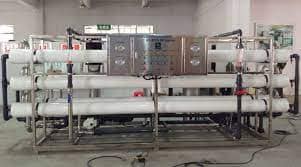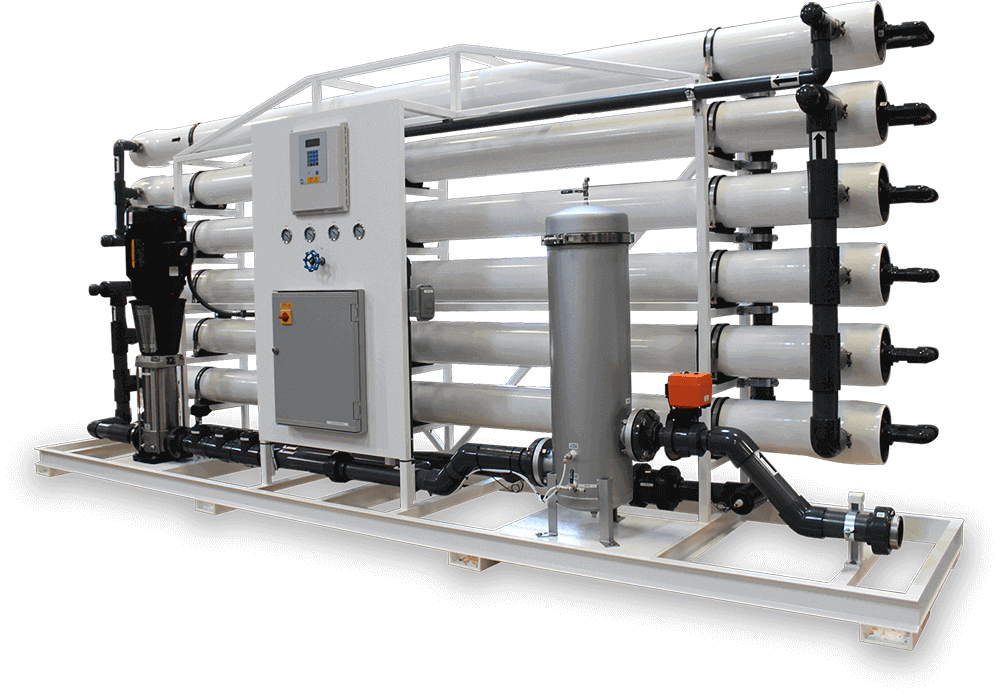Description
Desalination of Brackish Water
Water scarcity is one of the major challenges the world is facing today, and it is affecting millions of people across the globe. The availability of fresh, clean water is essential for the survival of all living things, and it is becoming increasingly difficult to access in many regions of the world. Brackish water, which is a mixture of saltwater and freshwater, is one of the alternative sources of water that can be used to address this issue. However, the high salt content in brackish water makes it unsuitable for most uses, and this is where desalination comes in. In this article, we will take a closer look at the desalination of brackish water, the process involved, and the benefits it offers.
What is Brackish Water?
Brackish water is a mixture of saltwater and freshwater that occurs where rivers meet the ocean, in estuaries and in areas where seawater intrudes into freshwater aquifers. It typically has a salt content of between 1,000 and 10,000 parts per million (ppm), which is higher than freshwater but lower than seawater.
The Desalination Process
Desalination is the process of removing salt and other minerals from seawater or brackish water to make it suitable for drinking, agricultural, or industrial use. There are two main methods of desalination: thermal and membrane.
Thermal Desalination
Thermal desalination involves heating seawater or brackish water to create steam, which is then condensed to produce fresh water. This method is energy-intensive and expensive, making it less common than membrane desalination.
Membrane Desalination
Membrane desalination, also known as reverse osmosis, is the most common method of desalination. It involves passing seawater or brackish water through a semi-permeable membrane that filters out the salt and other minerals. The resulting fresh water is collected on the other side of the membrane, while the salt and other minerals are discharged as brine.
Benefits of Desalination of Brackish Water
Desalination of brackish water offers several benefits, including:
1. Increased Water Supply
Desalination of brackish water can help increase the available water supply in areas where freshwater is scarce. This can be particularly beneficial in regions that rely heavily on agriculture or where water demand is high.
2. Improved Water Quality
Desalination can improve the quality of water in areas where brackish water is the only available source. This can have significant health benefits, particularly in developing countries where waterborne illnesses are common.
3. Reduced Dependence on Groundwater
Desalination of brackish water can reduce dependence on groundwater, which is becoming increasingly depleted in many regions of the world. This can help ensure a more sustainable water supply for future generations.
4. Economic Benefits
Desalination can provide economic benefits by creating job opportunities and stimulating economic growth in areas where it is implemented. It can also help reduce the cost of importing water or constructing expensive water infrastructure.
Challenges of Desalination of Brackish Water
While desalination of brackish water offers many benefits, there are also several challenges that need to be considered. These include:
1. High Energy Requirements
Desalination is an energy-intensive process that requires a significant amount of electricity to operate. This can be a challenge in areas where energy supply is unreliable or expensive.
2. Environmental Impacts
Desalination can have negative environmental impacts, particularly on marine ecosystems. Discharge of brine can harm marine life and disrupt the balance of the ecosystem. The intake of seawater or brackish water can also impact marine organisms and their habitats.
3. High Costs
Desalination can be expensive to implement and maintain, particularly in developing countries. The cost of energy, equipment, and maintenance can make desalination a less viable option in some regions.
Conclusion
Desalination of brackish water is an important technology that can help address water scarcity and increase the availability of clean water. It offers several benefits, including increased water supply, improved water quality, and reduced dependence on groundwater. However, there are also several challenges that need to be considered, including high energy requirements, environmental impacts, and high costs. Overall, desalination of brackish water is a promising technology that can play a critical role in securing access to clean water for communities around the world.
FAQs
1. Is desalinated water safe to drink?
Yes, desalinated water is safe to drink. It goes through several treatment processes to remove contaminants and ensure its safety.
2. How much energy does desalination require?
The amount of energy required for desalination varies depending on the type of technology used and the salinity of the water being treated. However, it is generally considered an energy-intensive process.
3. What are the environmental impacts of desalination?
Desalination can have negative environmental impacts, particularly on marine ecosystems. Discharge of brine can harm marine life and disrupt the balance of the ecosystem.
4. Is desalination cost-effective?
Desalination can be expensive to implement and maintain, particularly in developing countries. The cost of energy, equipment, and maintenance can make desalination a less viable option in some regions.
5. How can desalination help address water scarcity?
Desalination can help increase the availability of clean water in regions where freshwater is scarce. It can also reduce dependence on groundwater, which is becoming increasingly depleted in many regions of the world.








Aqua Filter –
I recently had a water filter installed by Aquaafilter, and it was such a great experience. Their team was knowledgeable, friendly, and always willing to go above and beyond to ensure customer satisfaction.